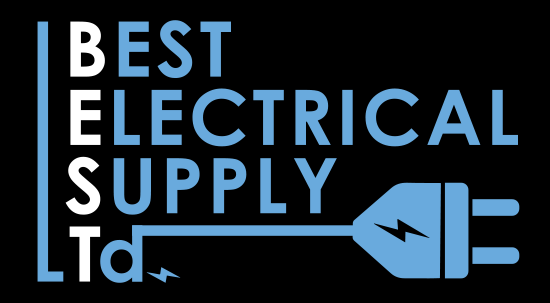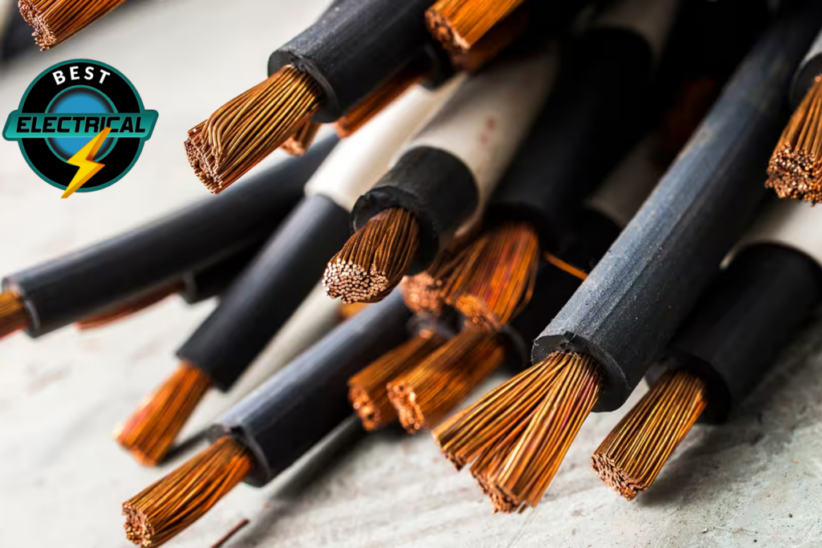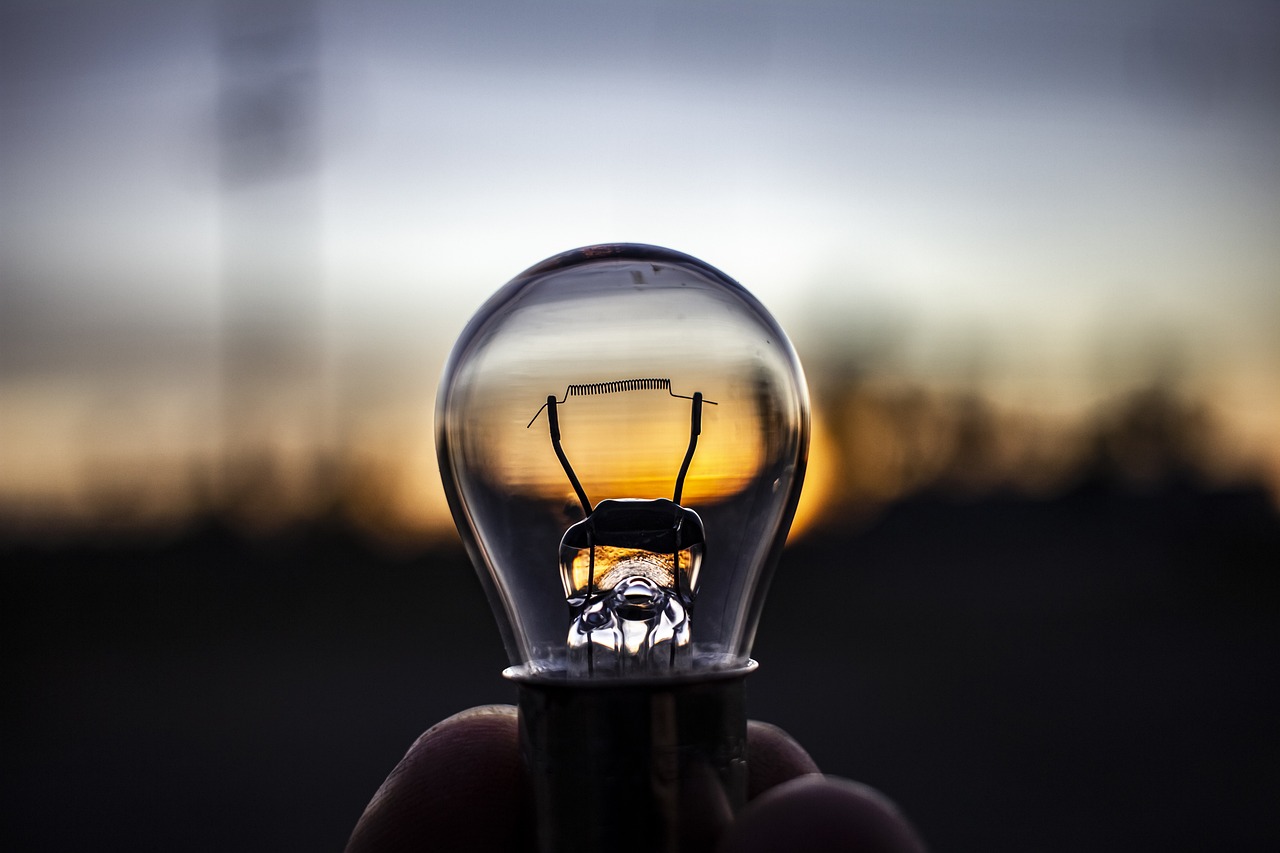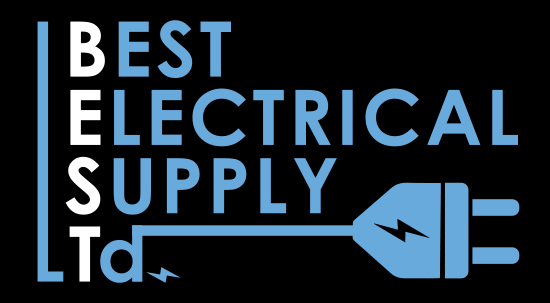Everything You Need to Know About Electrical Utility Boxes and Wires in Edmonton
Introduction
Edmonton is a city with stunning scenery and an active culture. It also has an extensive electrical infrastructure that ensures smooth operation. Utility boxes and cables supply electricity to homes and businesses. In this article, we’ll go over everything you need to know about electrical utility boxes and wires in Edmonton.
Understanding Electrical Utility Boxes:
What Are Electrical Utility Boxes?
Electrical utility boxes are often found on sidewalks or in residential areas. They contain important parts of the electrical distribution system. These simple boxes connect different parts of the city to a central power source.
Electrical utility boxes in Edmonton distribute and manage electricity in the city. The boxes are important for the electrical system. They connect power and help make the grid reliable and efficient.
Types of Electrical Utility Boxes:
Transformer Boxes:
Transformer boxes are the most recognizable type of utility boxes. Transformers convert high-voltage electricity from power lines into lower-voltage electricity. They adjust voltage levels. Transformer boxes are commonly found in residential and commercial areas.
Switchgear Boxes:
Switchgear boxes house various electrical switches, circuit breakers, and other control devices. Electricity flow is controlled, overloads are protected, and network control is manual. Power distribution system safety and reliability depend on switchgear boxes.
Distribution Boxes:
Distribution boxes are important parts of the electrical network. They send power to different areas. These boxes have the equipment to split and direct electricity. buy wires in bulk in edmontonThey make sure power is evenly distributed.
Meter Boxes:
Designers create meter boxes to hold electrical meters. These meters calculate how much power a house or company uses. These boxes are often located where the electrical system’s power lines join. Meter boxes are crucial for billing and monitoring energy consumption.
Junction Boxes:
Junction boxes are used to connect and protect electrical wires and cables. They keep wire splices secure inside them and connect electrical devices. For above- and below-ground wiring, junction boxes are crucial.
Control Boxes:
Grid control boxes contain electronic parts and systems. Control boxes now use smart grid technology. They have sensors, communication devices, and automation features. This helps optimize power distribution, find faults, and improve system efficiency.
Capacitor Banks:
Electrical systems use capacitor banks to improve the power factor. You can turn on or off the capacitors in these devices to counteract inductive loads. This makes the power distribution network more efficient. Utility boxes often have capacitor banks to help stabilize the electrical grid.
Communication Boxes:
Sometimes people can use utility boxes as communication hubs. They house equipment for transmitting data and control signals. Smart grids need real-time communication between different parts.
Understanding Electrical Wires:
The Basics of Electrical Wires:
The essential parts of the power distribution system are the electrical cables. Each one has a distinct function and is available in a range of colors and sizes.
Conductivity:
Conductive materials make up electrical wires, allowing electric current to flow easily. Copper and aluminum are often used because they are conductors of electricity.
Insulation:
Insulation protects electrical wires from shocks and short circuits. Common insulation materials include PVC (polyvinyl chloride), XLPE (cross-linked polyethylene), and rubber.
Stranding:
Smaller strands of twisted or braided wire called strands make up wires. Stranding provides flexibility, making the wire easier to bend and maneuver. The number and pattern of strands can change, depending on how it’s used.
Gauge or Thickness:
You can measure the thickness of an electrical wire in gauge or cross-sectional area. Thicker wires generally have lower resistance and can carry more current. The American Wire Gauge (AWG) system is often used to show how thick a wire is. Lower AWG numbers mean thicker wires.
Color Coding:
Wires are color-coded to show their function and polarity. This color coding helps electricians and technicians identify wires easily. In household wiring, hot wires are blacks, neutrals are whites, and ground wires are greens.
Common Types of Electrical Wires:
THHN/THWN Wires:
The versatile wires are suitable for both dry and wet conditions.
NM-B Wires:
Also known as Romex, these wires are used in residential buildings and are easy to work with.
UF-B Wires:
Manufacturers make these wires for underground use. Moisture cannot resist them and they can bury them in the ground.
BX/AC Wires:
Armored cables provide extra protection with a metal sheath. They are often used in industrial settings.
How to Connect Electrical Utility Boxes and Wires
To connect utility boxes and wires with safety, follow a step-by-step process. Here’s a concise guide:
Safety First:
Turn off power to the circuit, use protective gear, and follow safety protocols.
Identify Wires:
Differentiate hot, neutral, and ground wires using color codes.
Prepare Wires:
Strip wire ends, twist them together, and use connectors or terminal blocks.
Wire Connectors:
Use wire nuts or screw-on connectors for secure wire connections.
Terminal Blocks: In utility boxes, use terminal blocks for organized and secure connections.
Mount Utility Boxes: Position and mount utility boxes in securely inaccessible locations.
Route Wires: Route wires into boxes through appropriate openings and secure them with clamps.
Make Connections: Connect wires inside boxes using appropriate connectors.
Grounding: Ensure proper grounding by connecting the ground wire to the box.
Close and Seal: Seal utility boxes securely to protect against environmental factors.
Labeling: Label wires and connections for easy identification during maintenance.
Testing: Conduct thorough testing to ensure the proper functioning of the electrical system.
Compliance Check: Ensure all connections follow local electrical codes and regulations.
If you’re not sure about electrical work, be cautious and ask for help from a professional. Safety is paramount in all electrical installations.
Easily buy wires in bulk in Edmonton for your projects at specialized stores, ensuring you have the necessary electrical supplies in ample quantity. Simplify your electrical needs with convenient bulk wire purchases at reliable outlets.
Conclusion:
Utilities power our homes and businesses but often go unnoticed. Understanding these parts helps us understand our city’s complex network. Always focus on safety when working with electricity. If unsure, let the professionals handle it.
The electrical supply store in Edmonton is your go-to destination for a wide range of electrical products, from wiring and outlets to lighting fixtures and more. Find everything you need for your electrical projects at this convenient and reliable store.





Add Comment